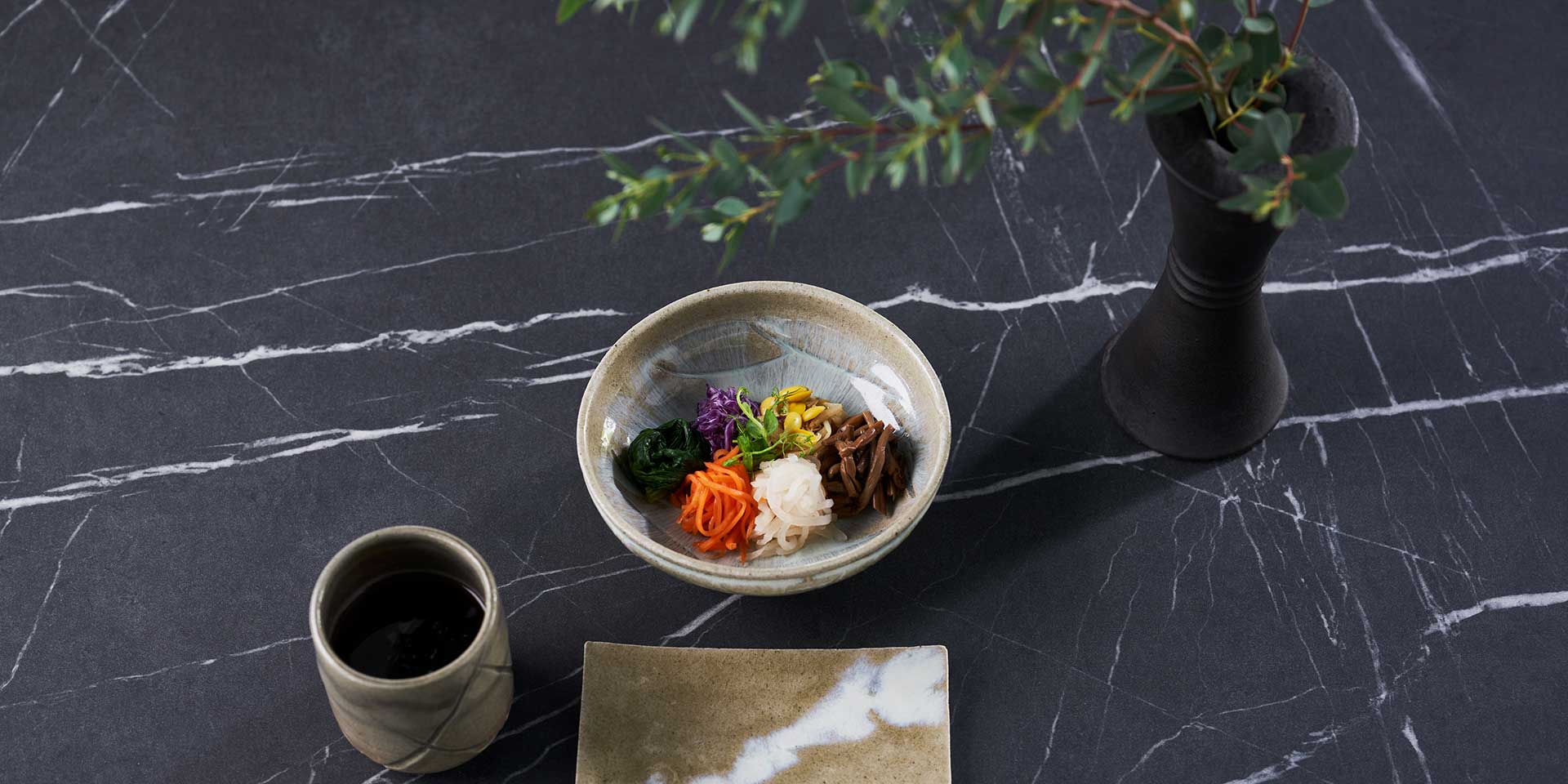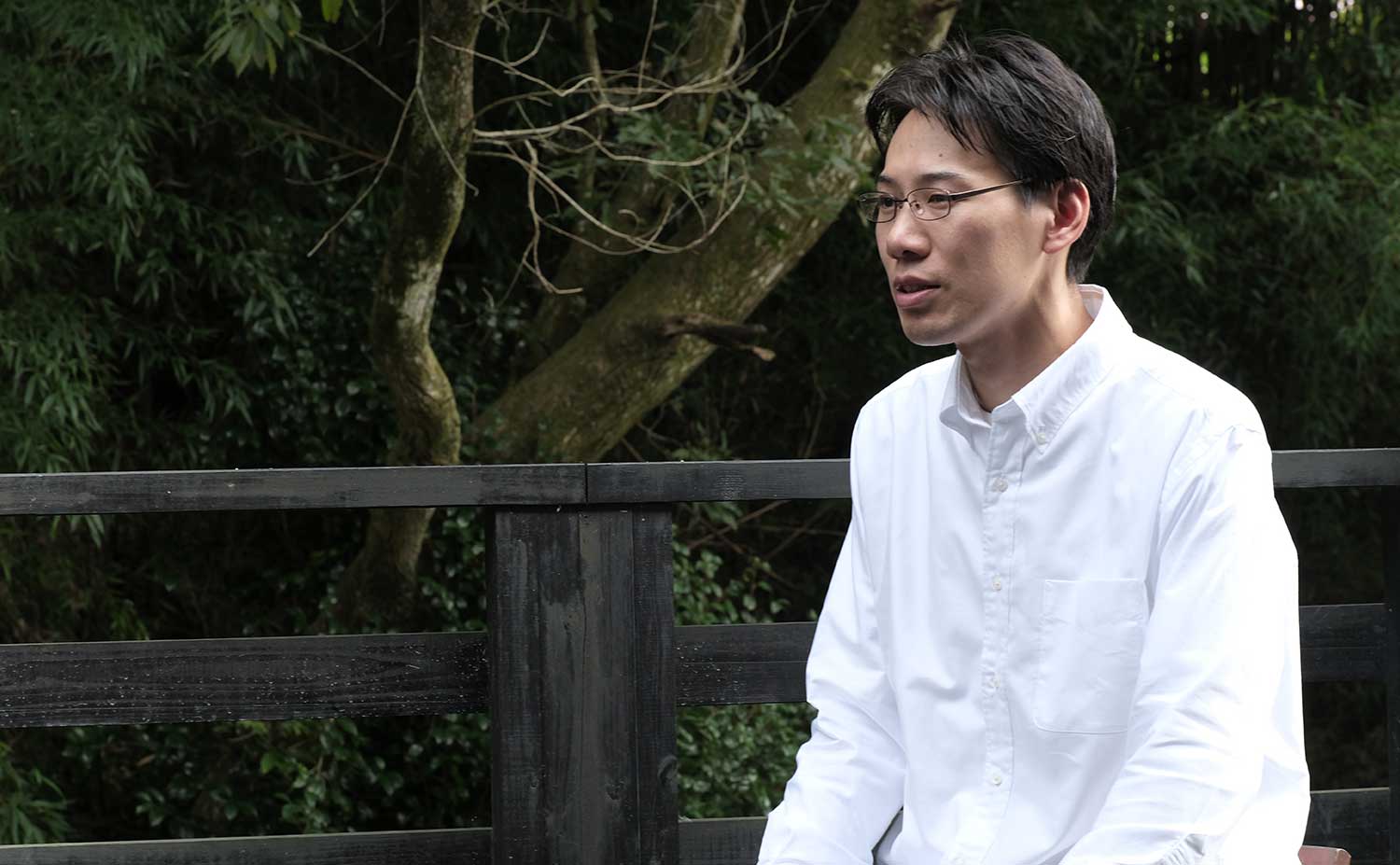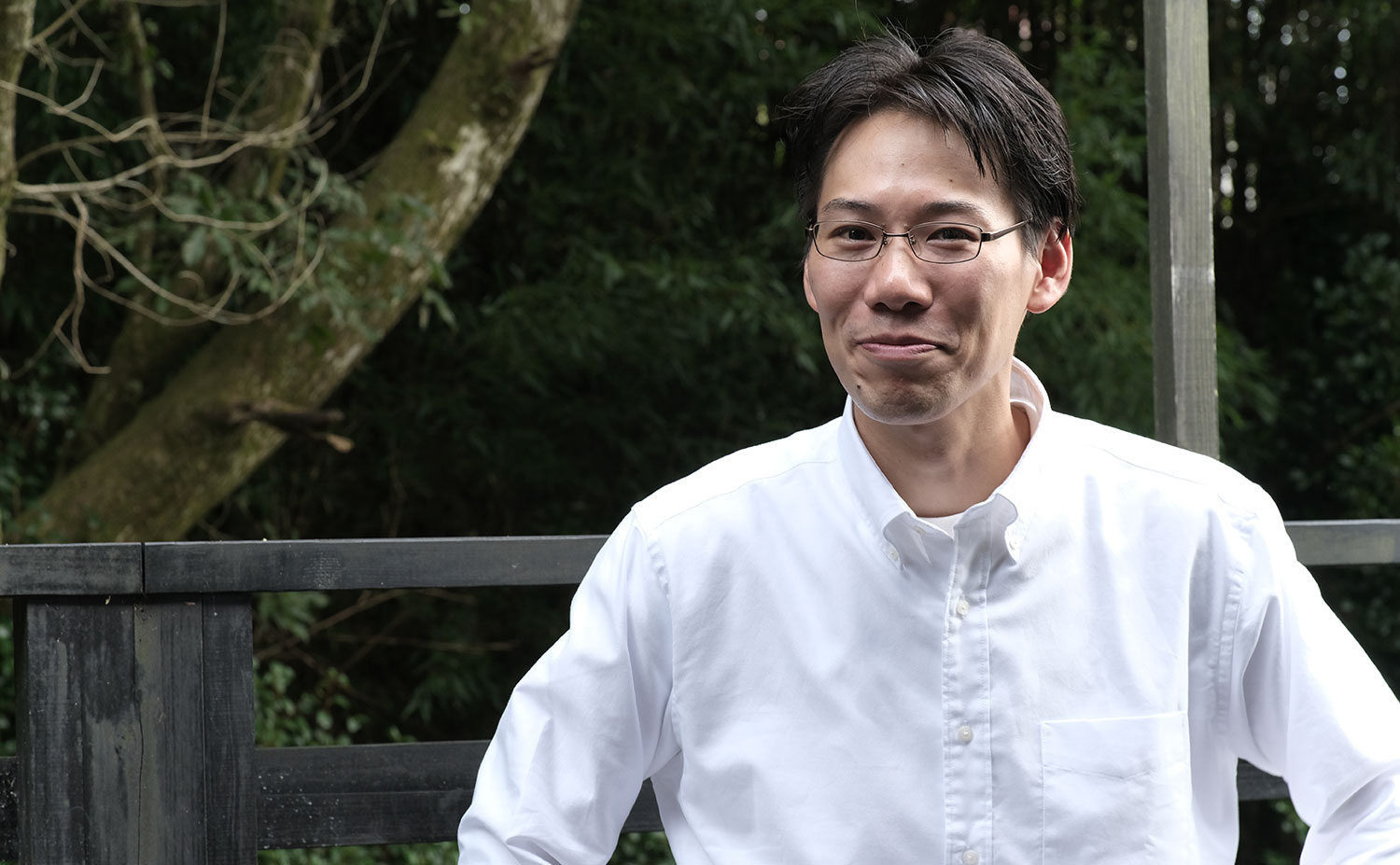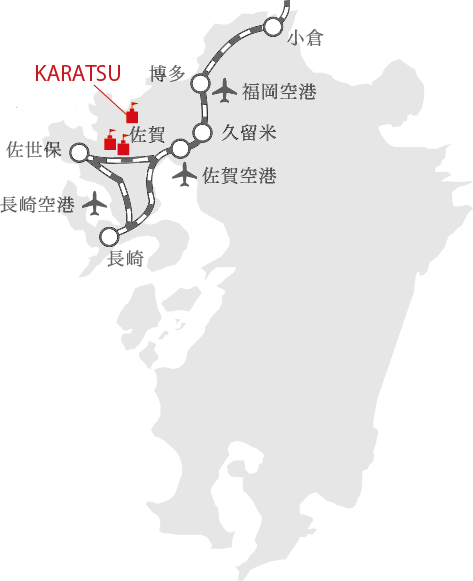TORISUGAMA



基本上以个展发布为主的形式来介绍作品。另外,也有承接很多客户的器皿订单制作,也有客人会直接来窑厂选购。
在东京、京都、大阪、福冈等地,每年举办4次左右的个展。
因为每一次的烧窑会使成品发生变化,所以订购制作很难完全再现,颜色和形状在一定程度上存在差异是可被接受的范围。
地域不同,原料属性完全不同,风化的程度等也不同。
目前使用30 ~ 40余种土,根据器皿的种类不同,选用的粘土种类也会改变,有时还会混合不同粘土以催生出新的特点。
恰好我在打算找窑的时候,偶遇一位放弃窑的人,他把使用了40年左右的窑转让给了我。现在,一年烧制4次左右,1次能放入近1000个,通常1次烧制500个左右。
大致有三个原因,一是遇到了好的老师,二是唐津山题材的魅力,三是唐津烧的历史性。

在大学里,我的专业是美学和美术史,但我始终无法放弃想成为一名创作者的想法。在寻找一个人就能完成的创作工作的过程中,其他的工艺也曾在候选之中,但是在第一次体验用辘轳旋坯的时候,受到触动,因此选择了陶艺的路。
我的目标是创作可以对标在日本料理、怀石料理、茶道等庄严的空间中所陈列的古董品也不逊色的作品。
我喜欢看所有的美术作品,特别是陶器,濑户、织部、志野、备前、乐等桃山时代的瓷器,质量非常好。
我的目标是再现一种让人不由自主地入迷的、看着茶杯却仿佛看到了复杂的大自然的感动。我想要透过创作来触及感动的本质。
无论在哪个领域,我都非常尊重古老的器物,特别是桃山时代的唐津烧——古唐津,我认为这是创作的一个起点。
从群山中采集自然素材,在登窑中使用柴火烧制而成的器皿中封存着自然的复杂现象。在如此复杂的现象中,我想把自己认为最美的现象取出来,表现在器物中。
我期望能够创作一种器物,一种可以感受到料理的食材中所蕴含的自然美、插花的美、或是周遭自然环境的美,丰富人的感官直觉,那是无比幸福的。
经过5年的学习,于2012年开窑,名为鸟巢窑。
取材自天然原料,采用登窑和脚踩式辘轳,以传统的古老手法制作
2014年在炎色野艺廊举办首次个展
受到陶艺专业杂志《炎艺术》的唐津陶瓷特集的采访报道。
受到陶艺爱好者,米其林三星级厨师和主厨等的好评。
| 岸田 匡启(Masahiro Kishida) | |
|---|---|
| 1983年 | 出生于日本静冈县富士市 |
| 2006年 | 毕业于庆应义塾大学文学部 美学美术史学专业 |
| 2007年 | 赴唐津学习陶艺 |
| 2009年 | 师从川上清美氏 |
| 2012年 | 于唐津市浜玉町鸟巢自创独立工作室
随后以日本艺廊、百货店为中心举办个展 |

| 公司名 | 鸟巢窑 |
|---|---|
| 公司法人代表 | 岸田 匡启(Masahiro Kishida) |
| 所在地 | 849-5113 日本佐贺县唐津市浜玉町鸟巢 885−1 |
| Tel/Fax | 0081-955-58-2111 |
| 官方网站 | https://masahiro-kishida.jp |